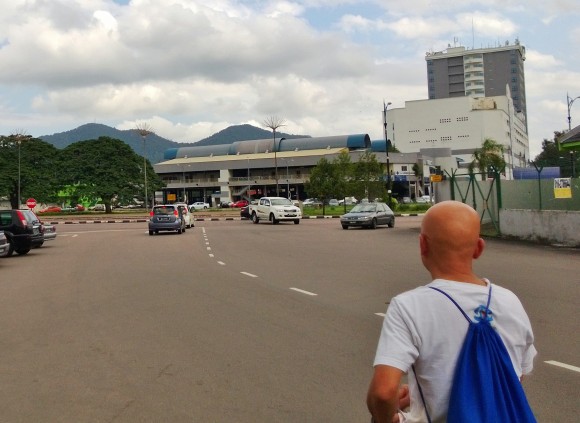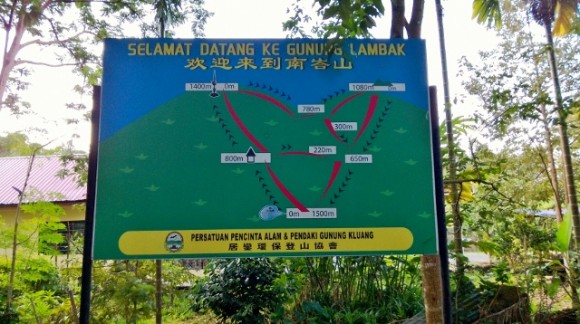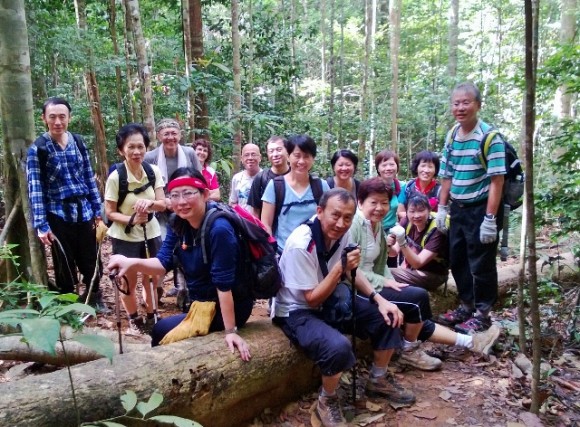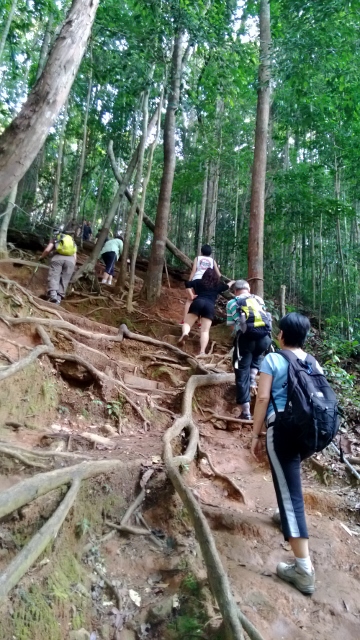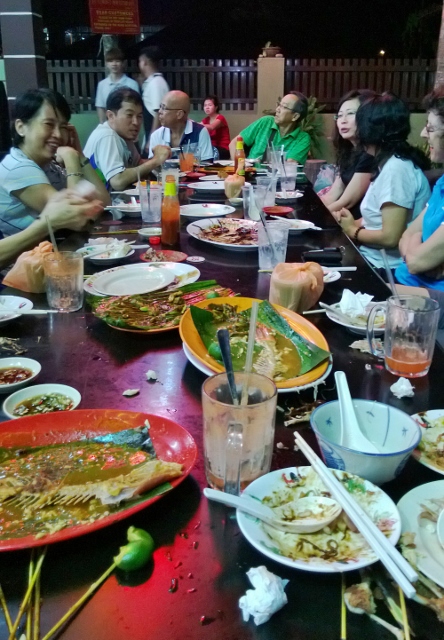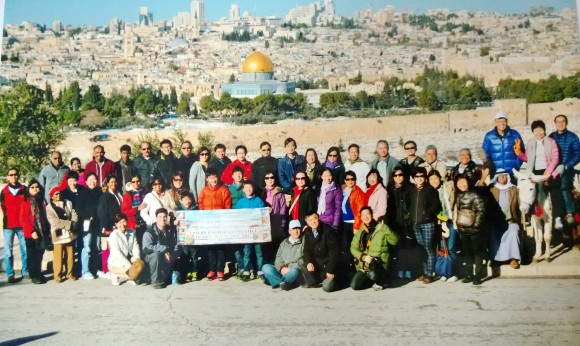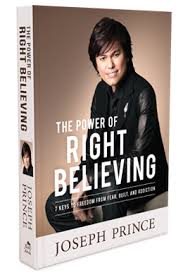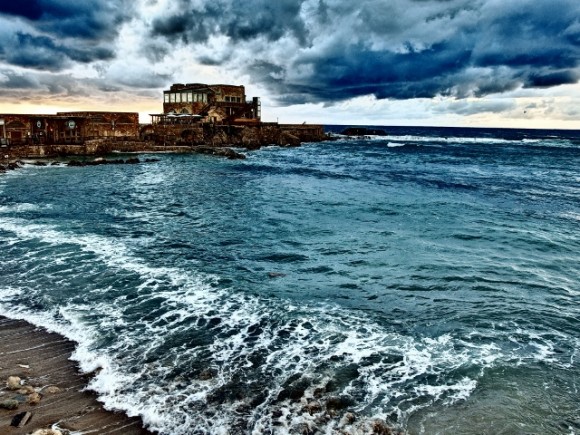
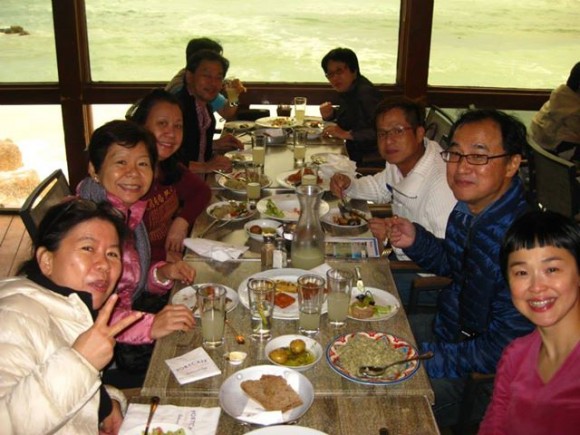
By the end of the holy land experience we were like those who came back after a successful mission trip -thrilled from seeing the living God at work. We saw how God intervened and opened doors as large parts of Israel were affected by an unusual cold snap.
The day we stepped foot on Israel we had wet and stormy weather. The sky frightened us with strong cold winds and drizzle. One moment I was, Oh no, is it going to be like that during the whole trip? Next moment I was praying and believing.
The second night we gathered at a function room. After a fun icebreaker, a few shared how the Lord led them and opened the way for them to visit the holy land. Earlier that afternoon, we ate St Peter’s fish in a restaurant by the lake of Galilee. The fierce winds agitated the waves till all boats were recalled to shore. Our scheduled boat ride was cancelled. So that night I read a pertinent passage about Jesus, the Lord of wind and waves, calming the winds and challenged everyone to pray and trust the Lord to grant us open doors and good weather in the days to come. We had also received news that Jerusalem received a metre of snow and was struggling to cope. Thousands of homes were without power, roads were closed, many motorists were trapped in vehicles, the army had to be called in to help. The Jerusalem mayor called it a snow tsunami. We were told the last time there was so much snow was a hundred years ago. We were in a historic moment but it worried us. That night we prayed with earnest.
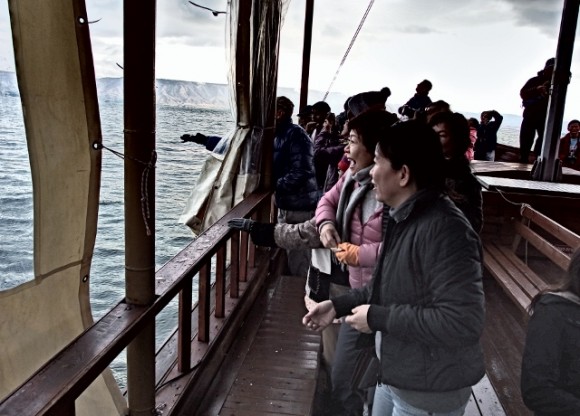
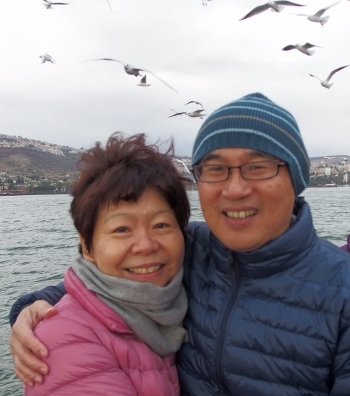
The next morning, the lake of Galilee was safe for the boats and that was a testimony to God’s faithfulness and grace. When they played a song of praise on the boat, great joy broke out, and like little children we laughed, fed the seagulls, played and took photos. Later while on the boat, I conducted the “eucharist” which means “thanksgiving”. How appropriate.
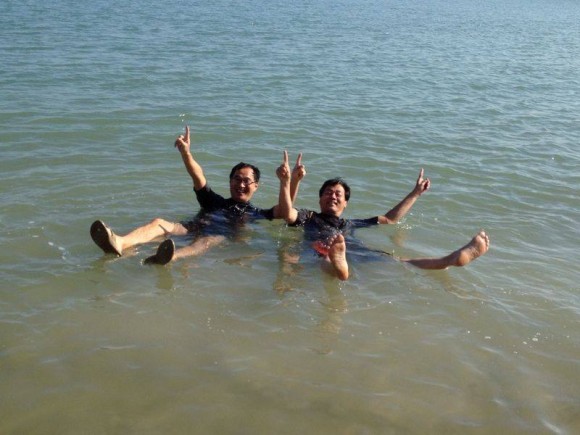
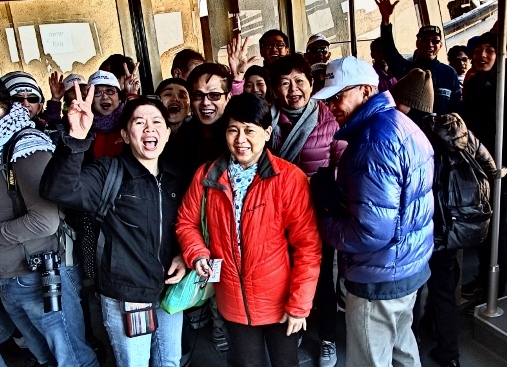
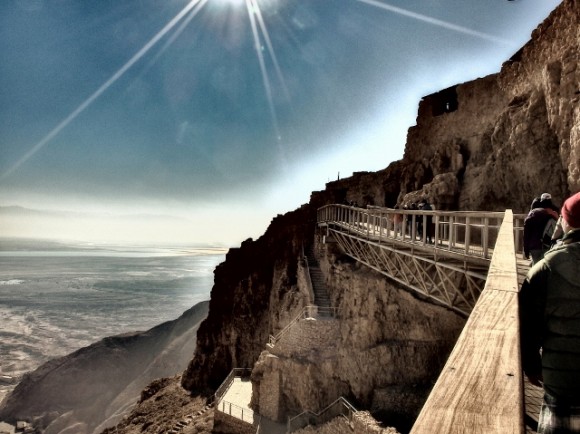
The rest of the trip we had similar encounters of God’s faithfulness and power. Several places were initially closed to us because of the cold weather or power failure. The Dead Sea was closed due to the weather. Masada had a power failure so the cable cars were paralyzed. However the next day, the weather turned sunny and power was restored so we went to both the Dead Sea and the Masada with great joy.
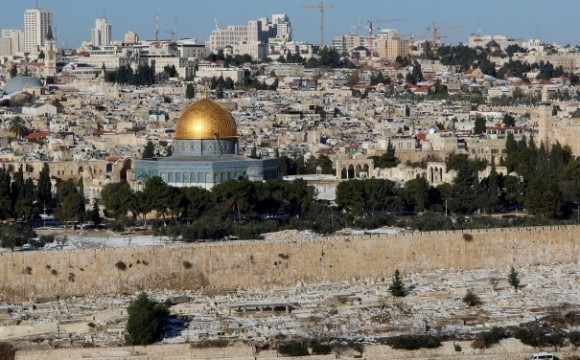
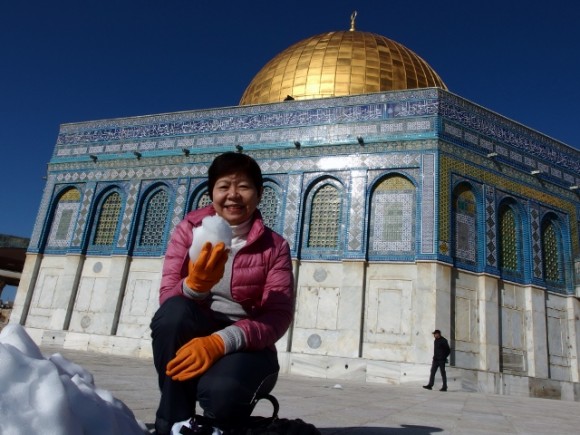
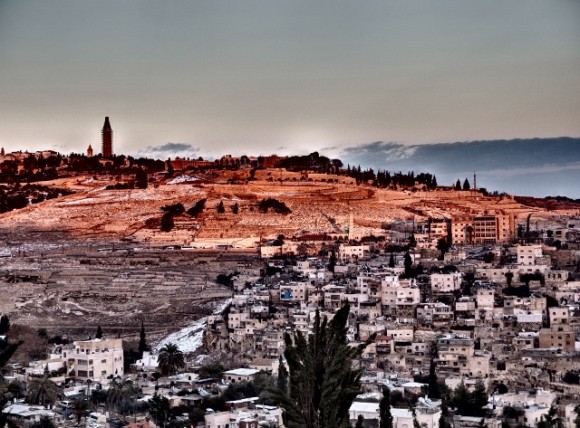
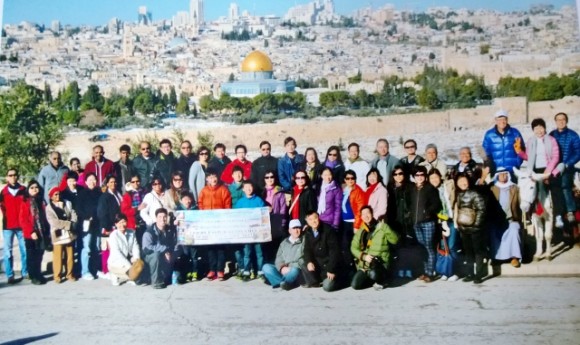
It was the same for Jerusalem. With all the TV coverage of closure of roads, very cold temperatures and trapped tourists, we wondered if we could enter Jerusalem for the last leg of our pilgrimage – the via dolorosa. God opened the way. We saw cars and buses from Jerusalem with thick snow on their roofs. This meant the roads have been cleared. We were excited and so thankful when we entered the holy city and stood at the Mount of Olives. The panorama of the old Jerusalem under snow was a special, unique and rare sight. We were privileged and blessed to be there at that moment.
We came to see the holy land but we also saw the living God in action. This was one blessed and awesome pilgrimage.
